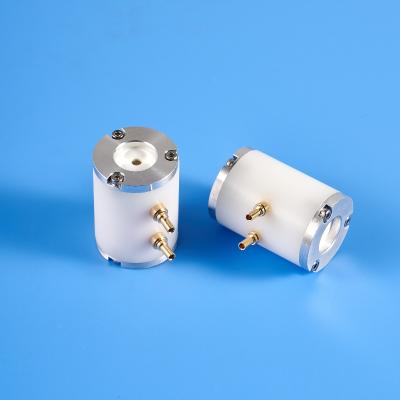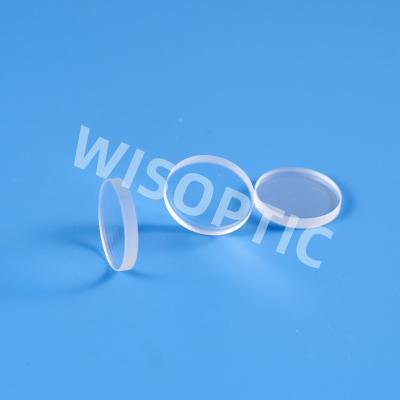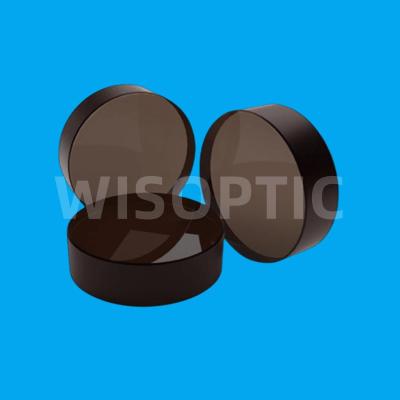Lithium Tantalate Crystal and Its Application - 06
2.3 Lithium tantalate single crystal film
After the 1980s, thin film preparation technology has developed rapidly. Currently, the commonly used preparation technologies of lithium tantalate single crystal (www.wisoptic.com) thin film mainly include chemical vapor deposition, physical vapor deposition, magnetron sputtering and sol-gel method.
The chemical vapor deposition method synthesizes a thin film on a substrate through a chemical reaction and accurately controls the chemical composition of the product. It has the characteristics of low stress and good quality. However, it is difficult to control the temperature of the substrate during the preparation of the thin film, so the requirements on the quality of the thin film substrate are higher. Thermal evaporation technology is mainly used to prepare lithium tantalate single crystal thin films by physical vapor deposition. But because the thermal evaporation source is diverging, and the deposition uniformity is difficult to ensure, thus the film quality can not be confirmed; and the films might be imbalance in the stoichiometric ratio of composition elements due to different saturated vapor pressures of different elements. Magnetron sputtering is a commonly used method for preparing lithium tantalate thin films in recent years. More than 130 years ago, Grove discovered the physical phenomenon of sputtering, and it is now widely used in the preparation of various thin films.
The lithium tantalate film prepared by magnetron sputtering has the characteristics of good density, strong film adhesion and low stress. Yasuyoshi Saito et al. prepared a single crystal lithium tantalate film for the first time and found that it has a single crystal structure. GiaRusso et al. used glass as the substrate material and used magnetron sputtering to prepare a lithium tantalate thin film with good performance. Zhang Kaisheng et al. used a rapid thermal annealing method to anneal Z-cut lithium tantalate films prepared by crystal ion slicing at different temperatures and times, and studied the effects of annealing parameters on the microstructure and dielectric properties of lithium tantalate films. Research has found that rapid thermal annealing can partially release lattice strain based on the shift of the diffraction peak of X-ray diffraction (XRD). This lattice release also affects the dielectric constant and dielectric loss. Atomic force microscopy testing found that the grains are abnormally long. Large, abnormal recrystallization was observed in samples annealed at higher temperatures or for longer periods of time. An abnormal increase in the dielectric constant and dielectric loss of samples annealed at 600°C was also measured. The reason was analyzed to be the result of abnormal grain growth. This proves that rapid thermal annealing is an effective method to release lattice strain, which can affect the electrical properties of lithium tantalate films prepared by crystal ion slicing. The sol-gel method is currently the most widely used method for preparing lithium tantalate films. It can accurately control the composition ratio of the film, has a simple process, low manufacturing cost, and the quality of the grown film is good. Using tantalum ethanol and lithium acetate as raw materials, using methyl ethylene glycol or ethylene glycol methyl ether as the solvent, the lithium tantalate film can be prepared by spin coating.



